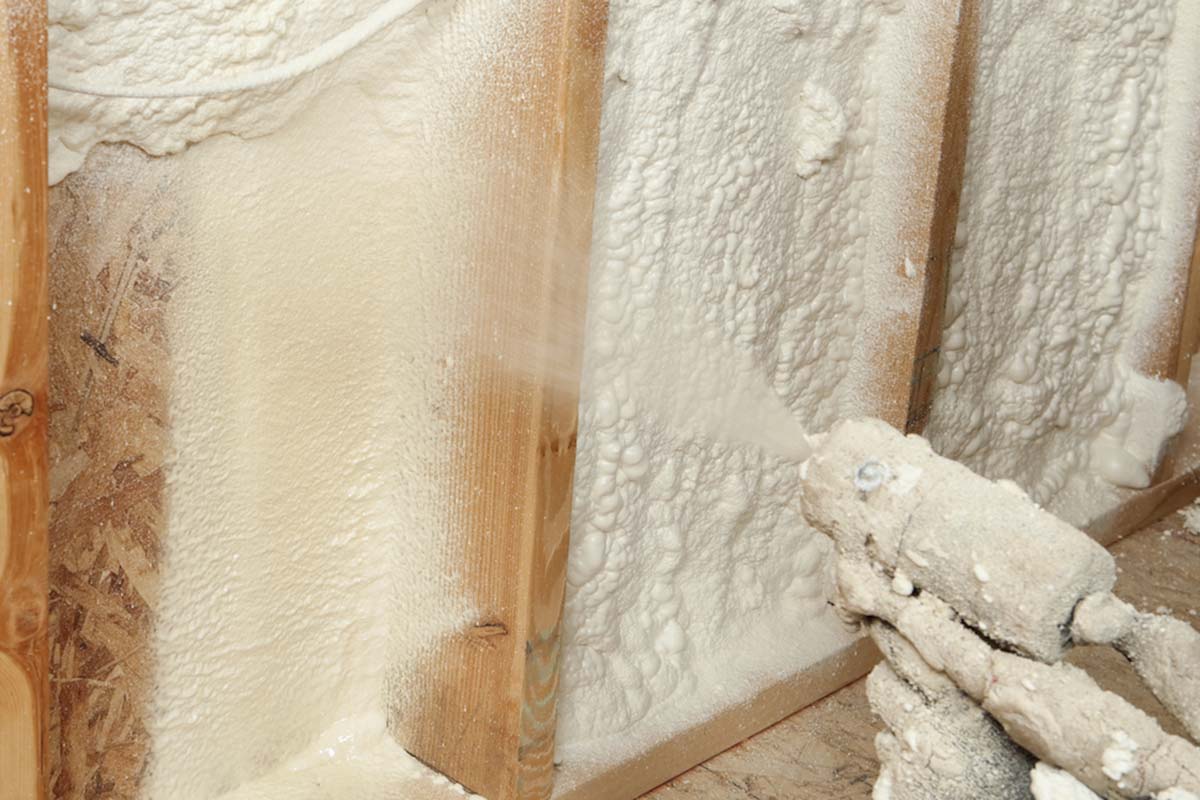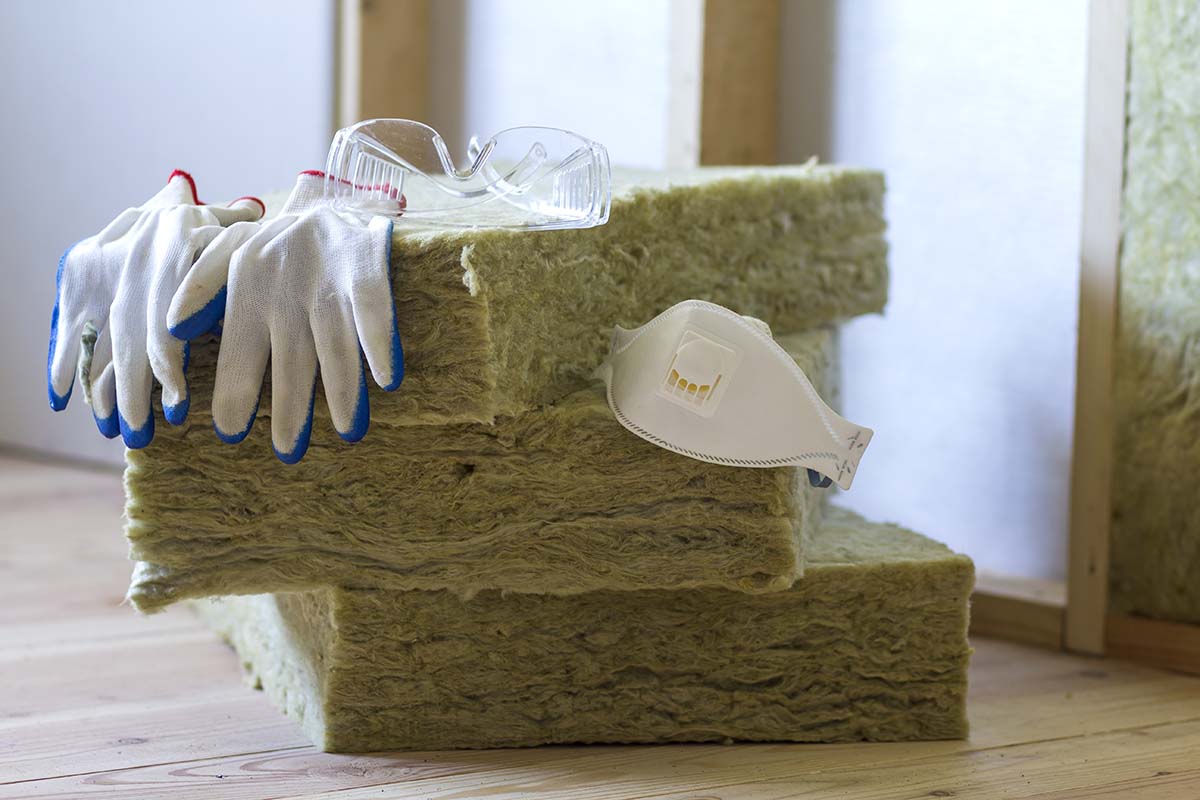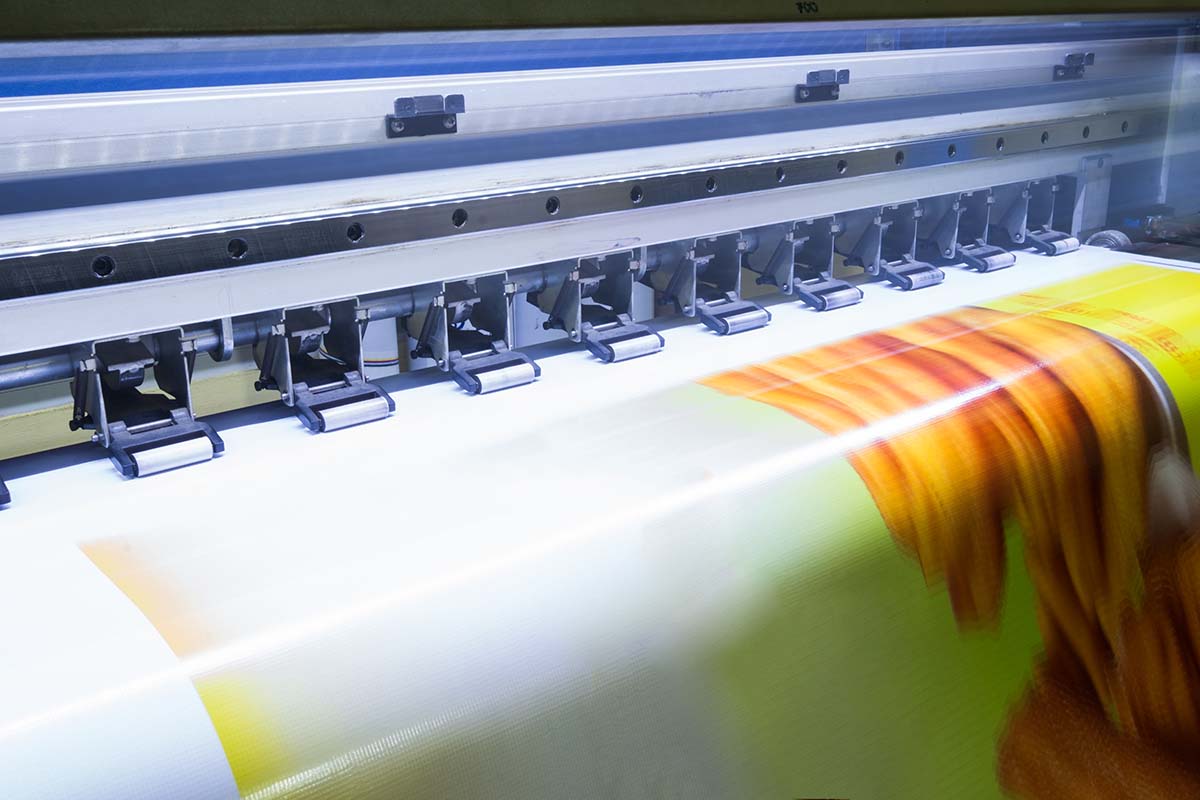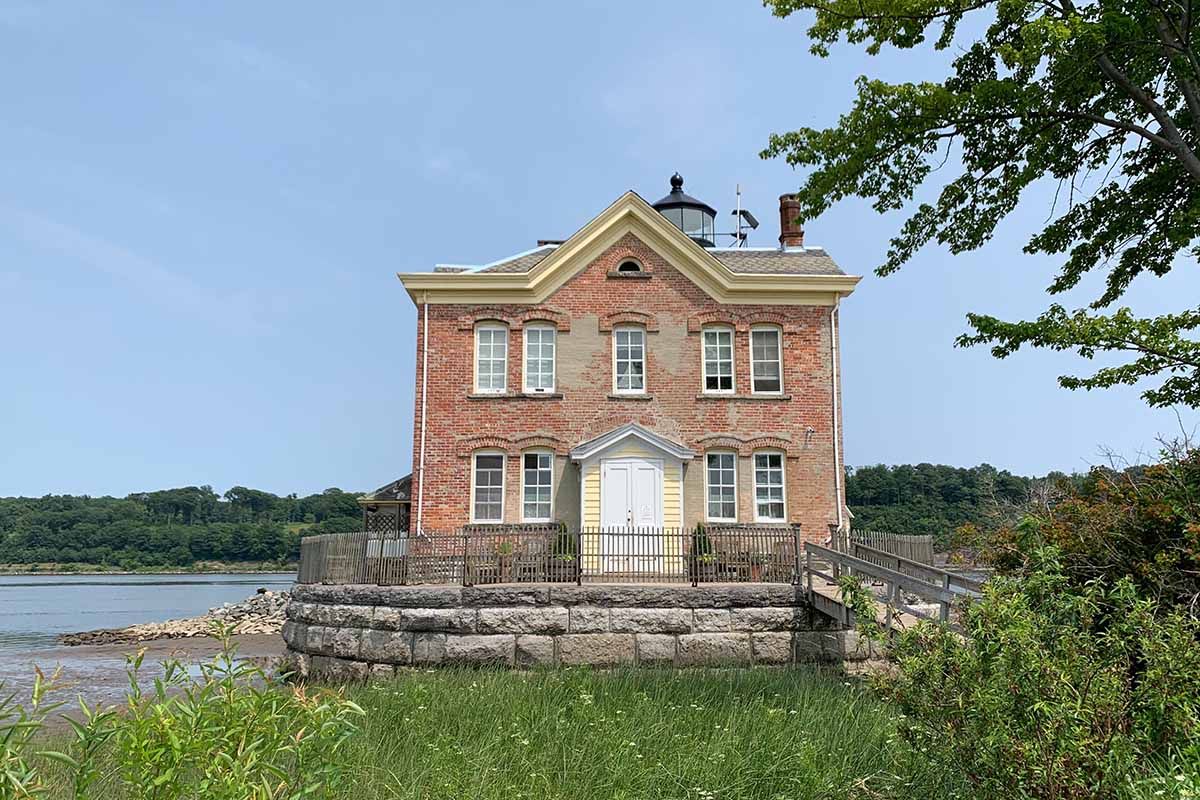Three Ways To Insulate Mobile Home: How To Insulate Under Your Home
Insulation under a mobile home, or particularly the underbelly, is more important than you think it is.
Not only does it help save more energy and reduce heat loss, but it also helps you to save money as well.
We let you know how to best insulate under your mobile homes so that you don’t have to freeze and waste energy on heat.
In the meantime, find out more about your mobile home worth.
Blowing Insulation
Blowing insulation into the belly is the best recommendation for insulating the underbelly of a mobile home, but this is an approach that requires professional equipment and knowledge of the layout of the home, so it can be very costly.
Fret not, however, because many governments have subsidy plans or loans that help you to insulate your home without incurring high interest rates.
This is especially so if you live in a house built before 1976, you might be lucky enough to live in an area where you can apply for financial help to insulate your home properly.
Best materials you can use for insulation of your mobile home
If you are unable to get financial help to insulate your house, then you can always opt for a DIY approach with top-quality materials like foam, Rockwool, or fiberglass.
Before you start this project, you can also do proper research regarding steel building insulation, as it might help you save some money with the right choices. You have to break out a bit of a sweat, but you get to save money.
Insulate Mobile Home: Spray Foam

This material is the most ideal for areas that are already enclosed, like the wall, under your flooring or ceilings.
Spray insulation does not need to be made of foam, but also other materials like cellulose and fiberglass.
This, however, can also be pricey because of the unique equipment that you need.
Spray foam insulation is great because of its many pros. They are easy to handle and manipulate with a utility knife or a saw, and are light in weight.
Because they are soft, they can be placed in tight areas so you don’t need a professional to help you to insulate your home. Foam insulation also prevents mold from growing because they are water-resistant.
The foam also lasts you a long time so you don’t have to keep replacing them, saving you money.
Lastly, an insecticide is used in the foams so it doubles up on that function as well.
With that said, foam isn’t without its cons. Foam is not highly inflammable, but when it does catch fire it will give out toxic gases and dense smoke.
You can prevent this problem by spraying your foam with a fire retardant and being well aware of your local fire protection codes.
Insulate Mobile Home: Rigid foam insulation
There are three types of foam that you should know, which are polyisocyanurate, polystyrene, and polyurethane.
These are called rigid foams and they see use in both walls and roofs, in either retrofits or new houses.
The good news is that many of such foams have a higher R-value per inch than other materials like fiberglass or cellulose.
Expanded polystyrene is likely the most common-used and economical out of the choices, and is made using the same material as the closed-cell foam beads in your shipping peanuts and coffee cups.
They are expanded so they can insulate houses, and have an R-value of 3.6 to 4.2 per inch.
Extruded polystyrene is similar as well, but uses pellets and not beads so that they are denser and smoother.
They are better in water resistance properties as well and come in various colors.
These are more costly but are worth the price for their efficient energy properties, as they have an R-value of 5 per inch.
These foam types are best for basements and under your homes.
Fiberglass

Fiberglass is another very common material used for insulation.
They are made of fine strands of glass that are then molded in rolls and loose-fill batts which are installed between beams, joists, and studs.
They are great insulators because they are glass, but they are also cheap, water-resistant, and inflammable.
But, since it is glass, they are dangerous so you need to make sure you are properly protected before using fiberglass. The R-value of fiberglass can vary from 2.9 to 3.8 per inch.
Rock Wool
Rockwool has pros that some experts think are ideal for insulation under a mobile home.
Rockwool Insulation is non-combustible with an extremely high melting point of 2150 Fahrenheit, making it fire-resistant. It is also water-resistant so it retains its great insulating properties.
Rock wool is chemically inert and prevents any growth of mildew or bacteria.
This prevents any odor from occurring and you don’t have to change them up as often as well.
They are CFC and HCFC-free products and are made from natural recycled materials.
With these three materials to choose from, there are definitely pros and cons of each to consider, depending on your home.
Ground Moisture Barrier
On top of the insulation materials, you need a ground moisture barrier, which is a plastic sheet on the ground to act as a barrier between the ground and your house.
They should be bigger than your house is, as they protect your house from moisture outside when used with a vapor barrier.
A ground moisture barrier will also keep the animals away from under your house, and help you detect any leaks or water issues.
Insulate Mobile Home: Conclusion
Before you start on your DIY, you need to do an inspection around your house, and make sure you know your local codes.
Insulating under your mobile home is not the most exciting DIY project, but the end result will be cheaper bills and greater comfort at home.
It is essential to know the importance of insulation in the underbelly of your mobile home so that the other aspects of your house stays in good condition as well.
Many people think that wall insulation is enough, but this is hardly true. Insulating the underbelly of your house is the most crucial step, especially if you live in colder areas.
If you find that the wall insulation is not enough to keep the heat in your home from escaping, you should look into having proper insulation installed under your mobile home.



















